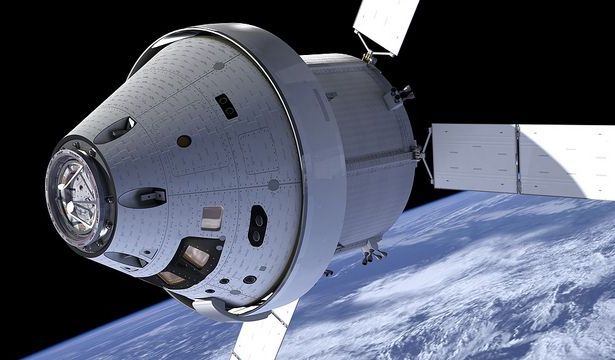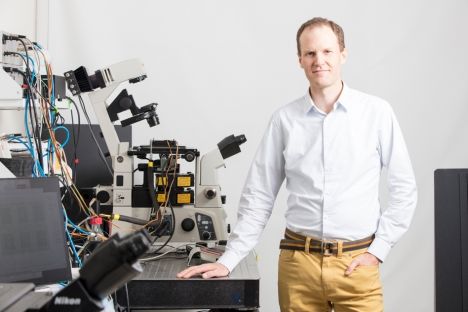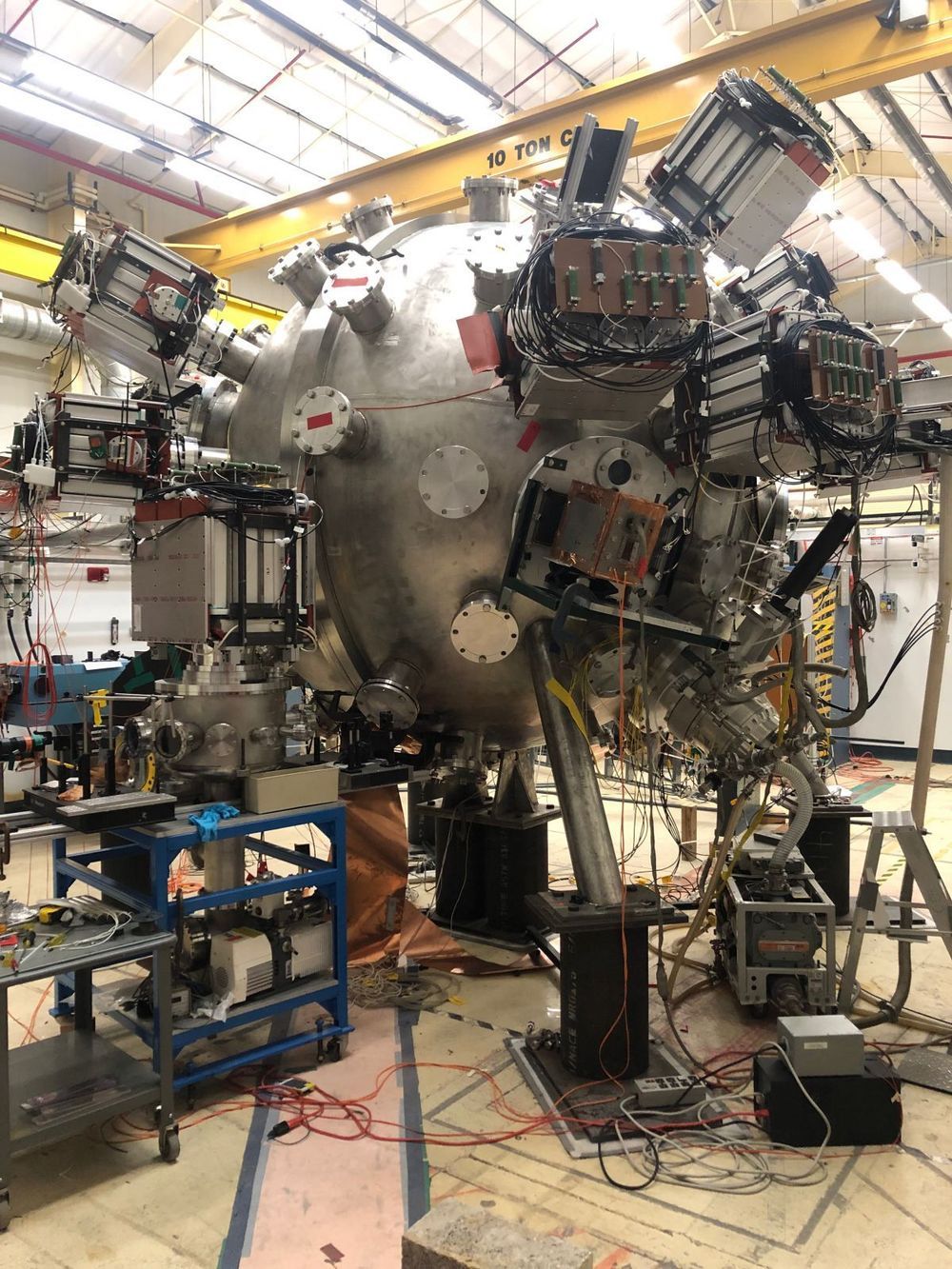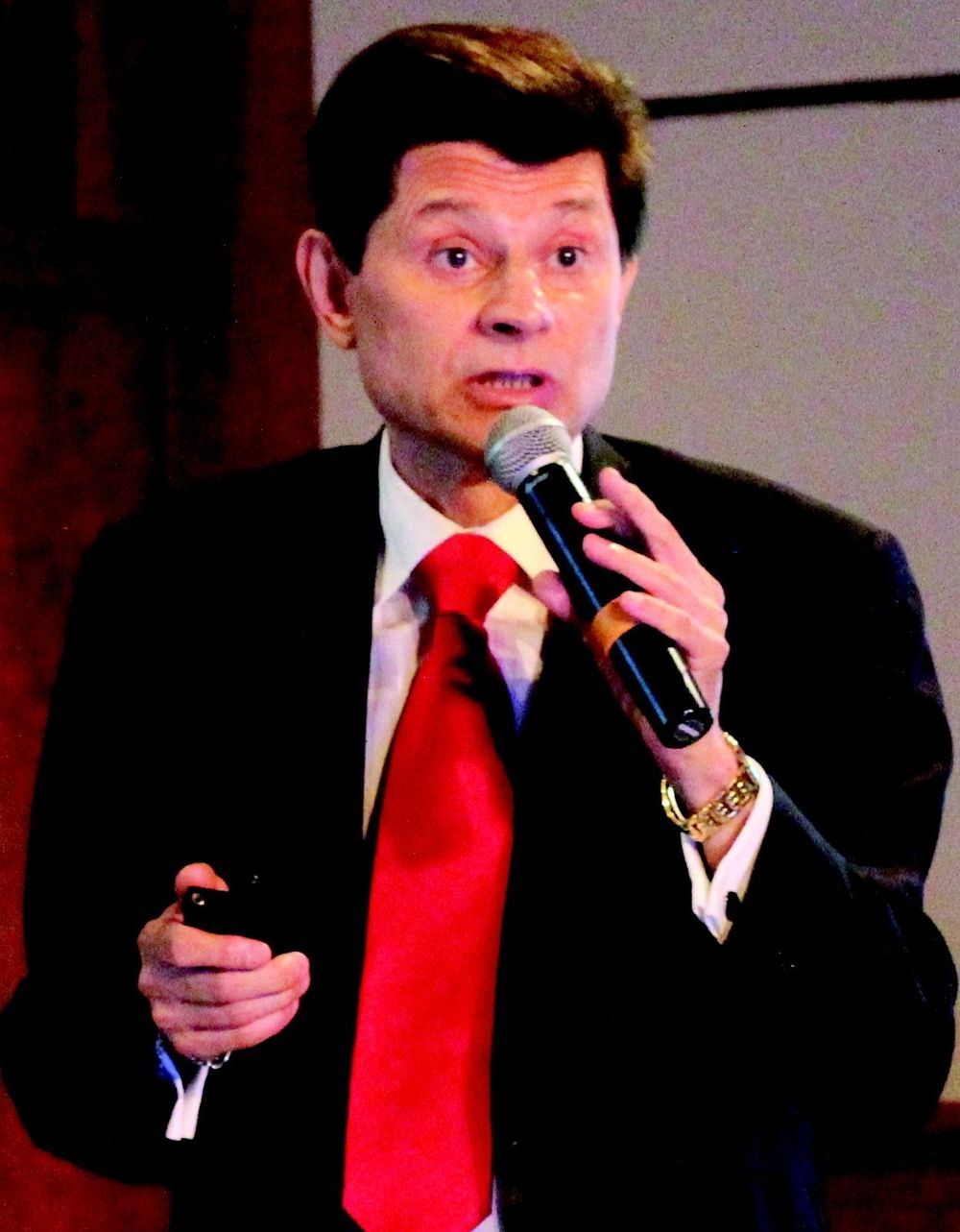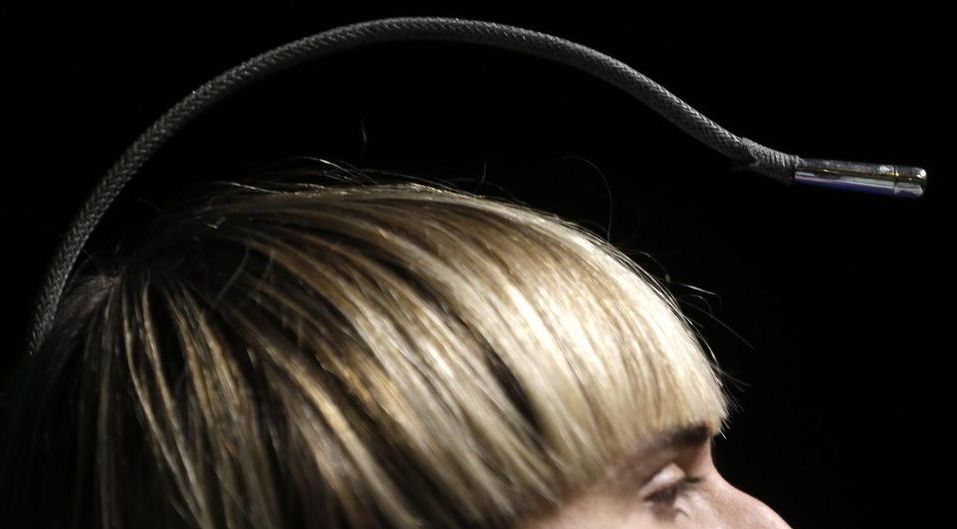Page 8284
Oct 22, 2019
Podcast #35: NASA, The Next Ten Years, with Dan Dumbacher
Posted by Mark Sackler in category: space travel
A new space race is upon us. But unlike the cold war-driven days of the 1960’s and early 1970’s, it is now a multi-player competition to dominate and exploit the final frontier. The U.S. and Russia have been joined by the European Union, China, India and Japan, as well as numerous commercial space ventures, such as SpaceX and Blue Origin.
Where does NASA sit in all of this, in the rapidly changing world of the second space race. In Seeking Delphi episode #35, host Mark Sackler gets an overview of where the agency is headed, from former NASA program director for launch systems, Dan Dumbacher. There’s also a very special announcement of the upcoming ASCEND** space conference, slated for Las Vegas in November of 2020.
** Accelerating Space Commerce, Exploration, and New Discovery.
Oct 22, 2019
Toyota will use Tokyo Olympics to debut solid-state battery electric vehicle
Posted by Quinn Sena in category: transportation
Solid-state batteries are the holy grail of battery technology for automakers, but it’ll be a while before they reach production.
Oct 22, 2019
Ricostruito l’orecchio di un bimbo grazie alla stampa in 3D
Posted by Paul Battista in category: robotics/AI
In sala operatoria oltre ai chirurghi c’erano alcuni ingegneri. Il paziente, un ragazzino di 13 anni, ha un grave problema congenito, la microtia, che comporta il mancato sviluppo dell’orecchio esterno (colpisce 5 bambini su 10mila). Grazie alla stampa 3D i medici dell’ospedale pediatrico Meyer di Firenze gli hanno ricostruito l’orecchio da zero. Sei ore di operazione, partita da una Tac con cui è stata acquisita l’esatta forma delle cartilagini. Poi, grazie a un software, è stata realizzata una copia delle cartilagini: dal modello è stato possibile vedere la porzione di cartilagini da prelevare. Per essere più precisi sulla forma, cercando di ottenere un risultato il più naturale possibile, è stato usato come modello un orecchio della mamma del ragazzino.
Una volta in sala operatoria la copia è stata fondamentale per plasmare le cartilagini ottenendo un orecchio “normale”. L’intervento è stato simulato più volte dal team dell’ospedale pediatrico fiorentino. Questo, come spiega lo staff del Meyer, ha consentito di affinare la tecnica arrivando a un risultato di grandissima precisione, riducendo anche tempi di esecuzione e anestesia. Il bambino tra qualche mese verrà sottoposto a un secondo intervento per ricostruire con la stessa tecnica anche il secondo orecchio.
“Per un bambino con una malformazione che era così evidente, il recupero estetico acquista una grande valenza psicologica e sociale – spiega il capo dell’equipe chirurgica Flavio Facchini, specialista in chirurgia plastica e ricostruttiva -. Lui non aveva problemi di udito, ma la malformazione gli creava grande disagio”.
Oct 22, 2019
Biological engineer Paul Blainey creates new tools to advance biomedical research
Posted by Paul Battista in category: biotech/medical
Oct 22, 2019
Giant Plasma Guns Could Be the Answer to Limitless Fusion Power
Posted by Quinn Sena in categories: futurism, particle physics
Generating endless energy with zero emissions by just slamming hydrogen atoms together has been somewhat of a pipe dream for decades. Now, scientists may be getting a tiny step closer to feasible fusion power, thanks to a futuristic experiment and dozens of plasma guns.
Eighteen of 36 plasma guns are in place on the machine that could make fusion power a reality. Those guns are the key components of Los Alamos National Laboratory’s Plasma Liner Experiment (PLX), which uses a new approach to the problem. PLX, if it works, will combine two existing methods of slamming single-proton hydrogen atoms together to form two-proton helium atoms. That process generates enormous amounts of energy per speck of fuel, much more than splitting heavy atoms (fission) does. The hope is that the method pioneered in PLX will teach scientists how to create that energy efficiently enough to be worthwhile for real-world use.
The promise of fusion is that it produces tons of energy. Every time two hydrogen atoms merge into helium, a small portion of their matter converts into a whole lot of energy.
Oct 22, 2019
Do transhumanists need their own bill of rights?
Posted by Zoltan Istvan in categories: cyborgs, transhumanism
Here’s my new story for Quartz on cyborg and #transhumanist bill of rights! It offers a look at the various ideas around the world surrounding this provocative issue:
Transhumanists are pushing the boundaries of what it means to be human. Our governing principles may need to progress along with them.
Oct 22, 2019
Search-and-replace genome editing without double-strand breaks or donor DNA
Posted by Sean Cusack in categories: biotech/medical, law
Okay, Science time.
- Article
- Published: 21 October 2019
This is an unedited manuscript that has been accepted for publication. Nature Research are providing this early version of the manuscript as a service to our customers. The manuscript will undergo copyediting, typesetting and a proof review before it is published in its final form. Please note that during the production process errors may be discovered which could affect the content, and all legal disclaimers apply.
Oct 22, 2019
John Lewis at Ending Age-Related Diseases 2019
Posted by Steve Hill in categories: biotech/medical, life extension
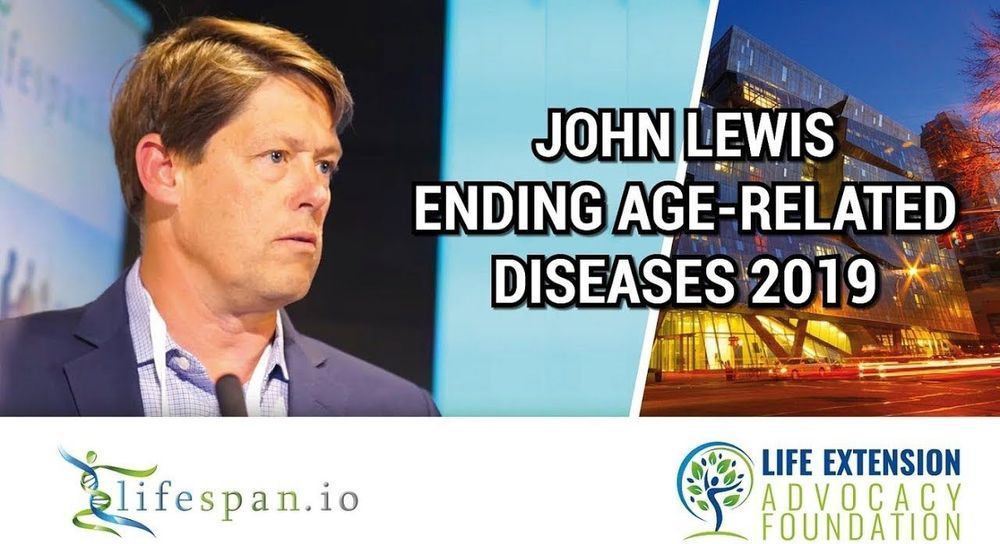
We’re continuing to release talks from Ending Age-Related Diseases 2019, our highly successful two-day conference that featured talks from leading researchers and investors, bringing them together to discuss the future of aging and rejuvenation biotechnology.
John Lewis of Oisin Biotechnologies discussed senolytics, which are drugs that kill senescent cells. He explained the differences between healthy and senescent cells along with the senescence-associated secretory phenotype (SASP) responsible for systemic inflammation. He went into detail about senolytics and what his company looks for when creating them, including details about suicide genes and biomarkers of senescence. He also discussed issues with bringing these drugs to humans and suggested oncology as a possible method for bringing them to the clinic.

